January 07, 2025
NEWS & TOPICS
Where tourism meets community: the Iwamizawa story
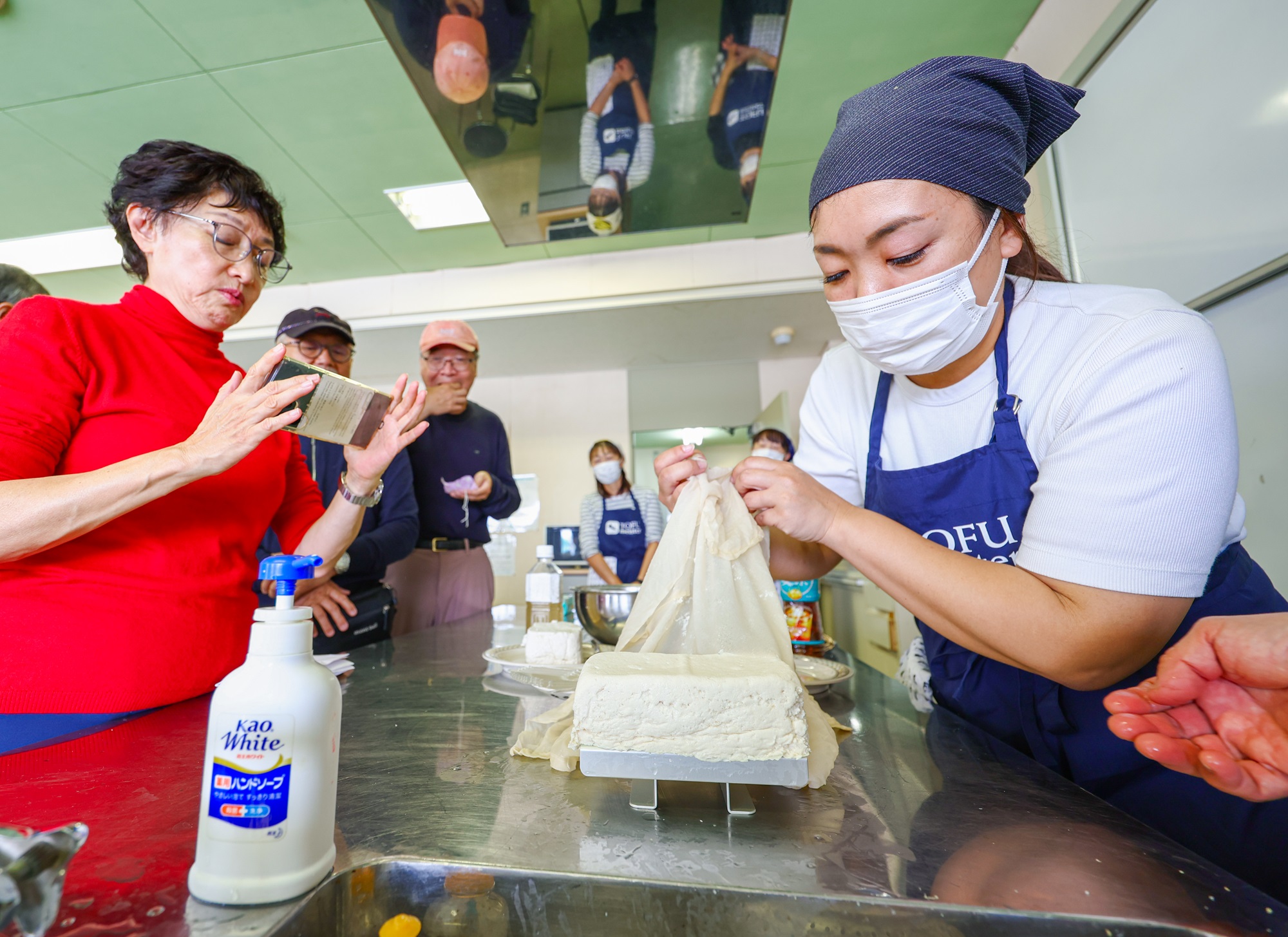
Nestled in the heart of Hokkaido, Iwamizawa is a small town with a rich agricultural history, breathtaking natural beauty, and a resilient community spirit. Once burdened by the challenges of modernization and shifting demographics, Iwamizawa has redefined itself as a shining example of sustainable tourism and community renewal. Its journey blends tradition and innovation to bring new life to its landscapes and neighborhoods.
An inevitable decline?
Iwamizawa was once a thriving agricultural center, but the construction of a retention basin, a key infrastructure project launched in 2012 to manage flooding in the area, has come at a cost. While this control facility draws in water during heavy rains to prevent flooding, the project reduced arable farmland. As a result, many farmers, facing dwindling opportunities, left Iwamizawa for larger cities, contributing to a steady population decline.
The departure was not just physical but also cultural. The town lost a significant part of its identity as young families moved away, leaving behind aging communities and an uncertain future. Yet, amidst this backdrop of decline, the remaining residents refused to let their town fade into obscurity. Shima-san, one of the residents, launched a revitalization initiative for the region, targeting inbound tourism to combat population decline and economic challenges. The project, approved in 2020, faced delays due to COVID-19 but has since resumed with promising results.
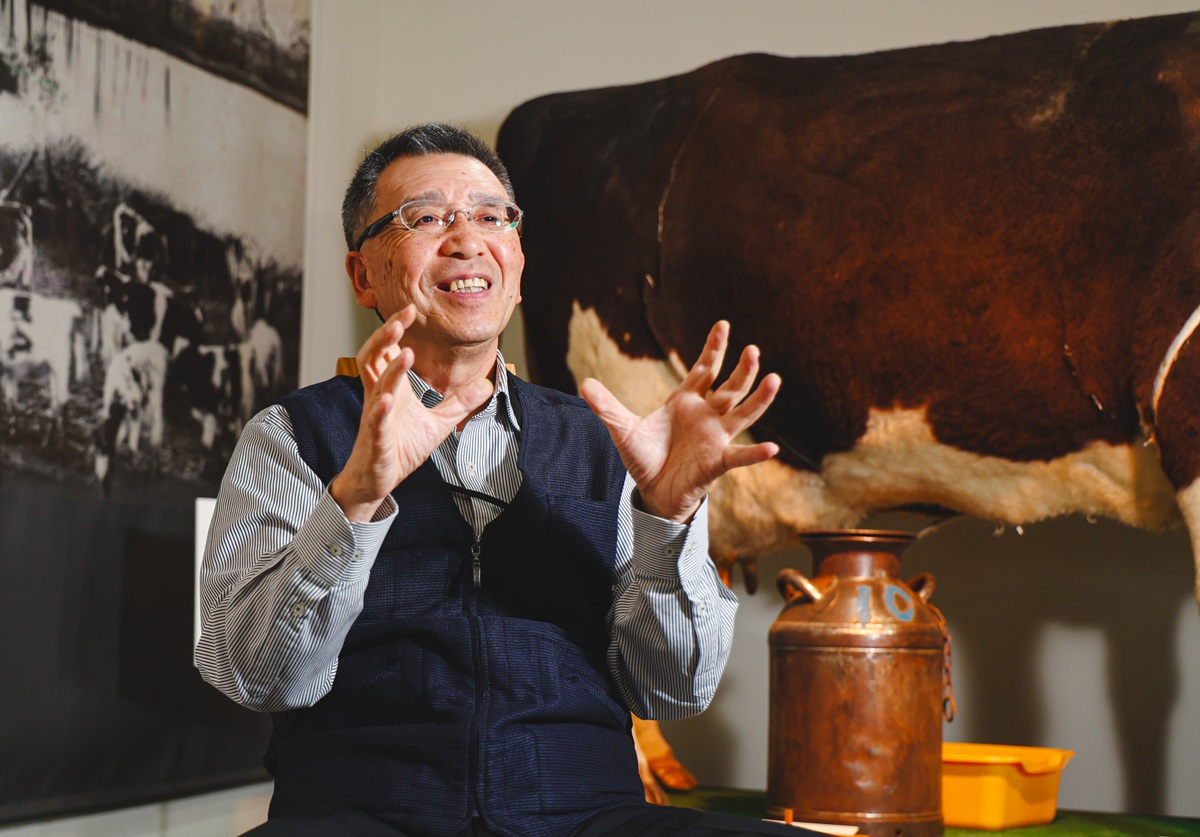 Mr. Kazuo Shima, secretary-general of the “Kitamura Regional Innovation Promotion Council,” which works to promote regional tourism.
Mr. Kazuo Shima, secretary-general of the “Kitamura Regional Innovation Promotion Council,” which works to promote regional tourism.
A vision for sustainable tourism
Driven to change adversity into opportunity, the residents of Iwamizawa embraced innovative strategies to boost their local economy. They found their answer in tourism, a sector that could showcase the town’s unique charm while preserving its agricultural heritage. Shima-san explains: “To revitalize the region, we decided to develop adventure activities. We have organized pilot tours. Recently, a group of visitors from Singapore discovered our wheat fields and participated in local activities, such as a tour of the crop drying facilities. These experiences, new to them, were much appreciated.”
If tourism in Iwamizawa began modestly, focusing on seasonal attractions such as flower fields and local festivals, it became evident that prioritizing sustainability and fostering collaboration with the remaining farmers would be essential for achieving a meaningful and lasting impact.
One of Shima-san’s most significant projects is an agricultural tourism initiative allowing visitors to experience farm life. Partnering with the locals, Iwamizawa offers hands-on activities such as harvesting vegetables, learning traditional farming techniques, enjoying meals prepared with fresh products like tofu, and resting in a local hotel with onsen. These experiences connect visitors, the land, and its people, turning this district into a place where people “stay overnight instead of just passing through,” added Shima-san.
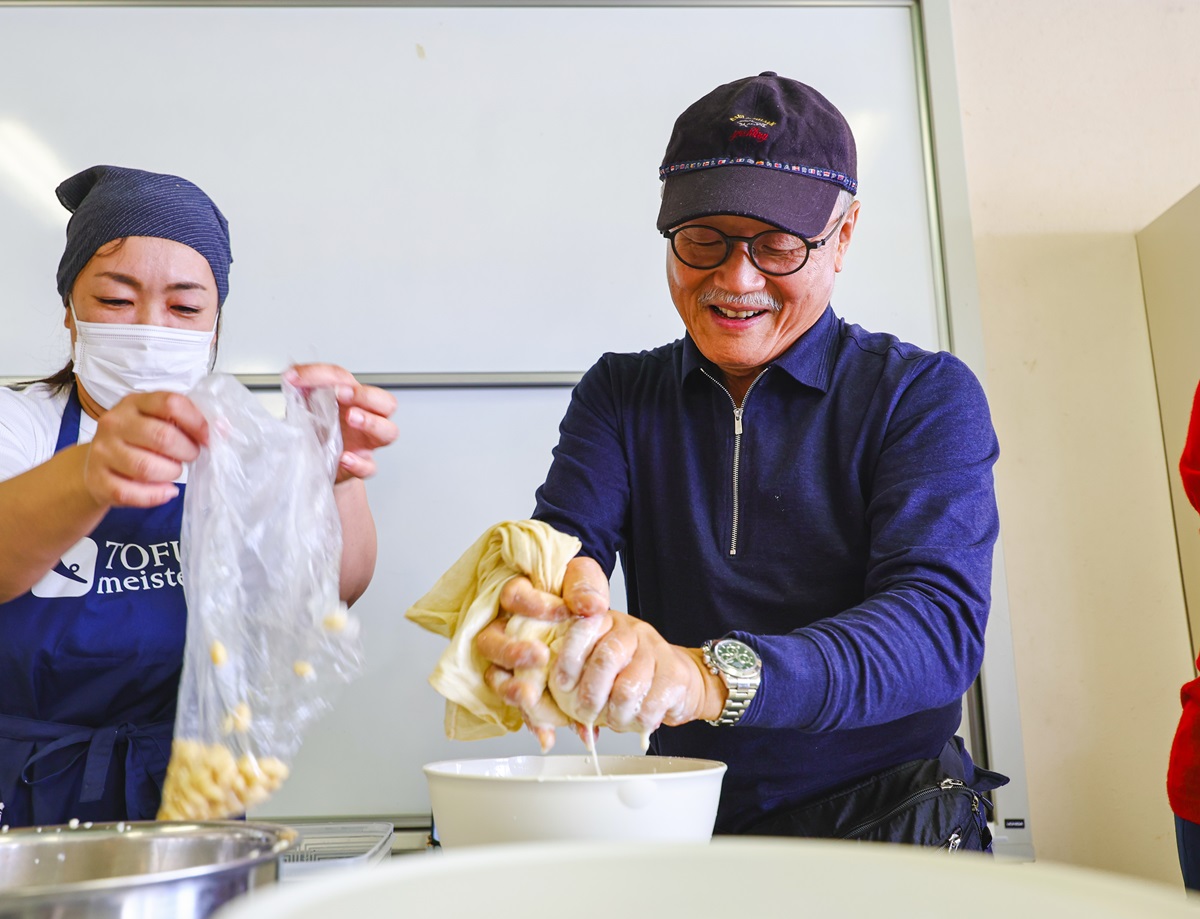 Local farmers and a foreign tourist make soy milk by squeezing “Namago,” which is made by adding water to soybeans and grinding them.
Local farmers and a foreign tourist make soy milk by squeezing “Namago,” which is made by adding water to soybeans and grinding them.
Strengthening the community through tourism
Beyond boosting the local economy, tourism in Iwamizawa has also become a tool for strengthening community bonds. Farmers are at the heart of this mission. They are not only custodians of the land but also ambassadors of culture, sharing their rich knowledge and traditions with visitors.
The town’s revitalization efforts have also inspired younger generations to see Iwamizawa in a new light. Shima-san initiative promotes local products, such as cookies co-created with middle school students. It explores innovative ideas like integrating sheep into buffer zones to revive Genghis Kahn (lamb barbecue) traditions. Environmental education for children, organized by local NPOs like the association “Thinking Kitamura in 20 years”, enhances community awareness and engagement.
Many who once left in search of better opportunities in bigger cities are now returning, motivated by the chance to play an active role in rebuilding and contributing to their community’s future. These returnees bring fresh perspectives and energy, helping to bridge Iwamizawa’s traditions with innovative ideas. Meanwhile, others who chose to stay are rediscovering their hometown, appreciating its unique blend of rich heritage, modern developments, and a renewed sense of purpose.
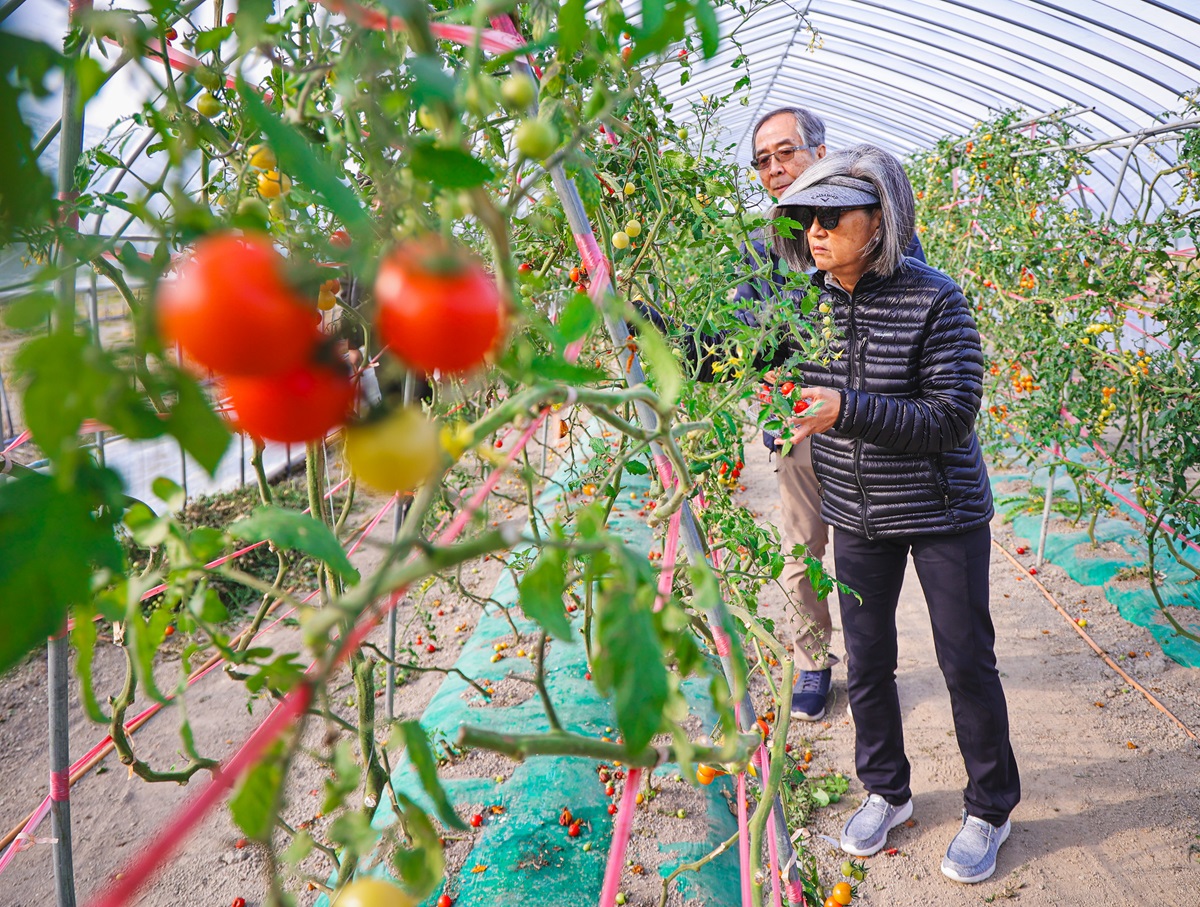 Foreign tourists experience harvesting cherry tomatoes in a greenhouse.
Foreign tourists experience harvesting cherry tomatoes in a greenhouse.
The key to Iwamizawa’s success
Iwamizawa’s journey is far from over, but its progress provides valuable insights for other rural cities facing similar challenges in Japan and worldwide. By embracing tourism as a tool for economic and social revitalization, the town has managed to preserve its identity while creating new growth opportunities.
Key to its success is the collaborative spirit of its residents, who have shown that resilience and creativity can overcome even the most daunting obstacles. Whether through transforming the detention basin or innovative partnerships with local farmers, Iwamizawa demonstrates the power of community-driven solutions.
As tourism in Iwamizawa continues to grow, so does the town’s vision for a sustainable future. For travelers looking for a truly authentic experience, Iwamizawa offers far more than picturesque landscapes. It invites you to connect with a community that cherishes its rich heritage while boldly shaping its future. Every visit helps preserve this vibrant town and adds to its story of resilience and renewal. Whether wandering through the fields, joining in seasonal festivities, or simply savoring the warmth of local hospitality, you’ll quickly understand why Iwamizawa is a treasure worth protecting.
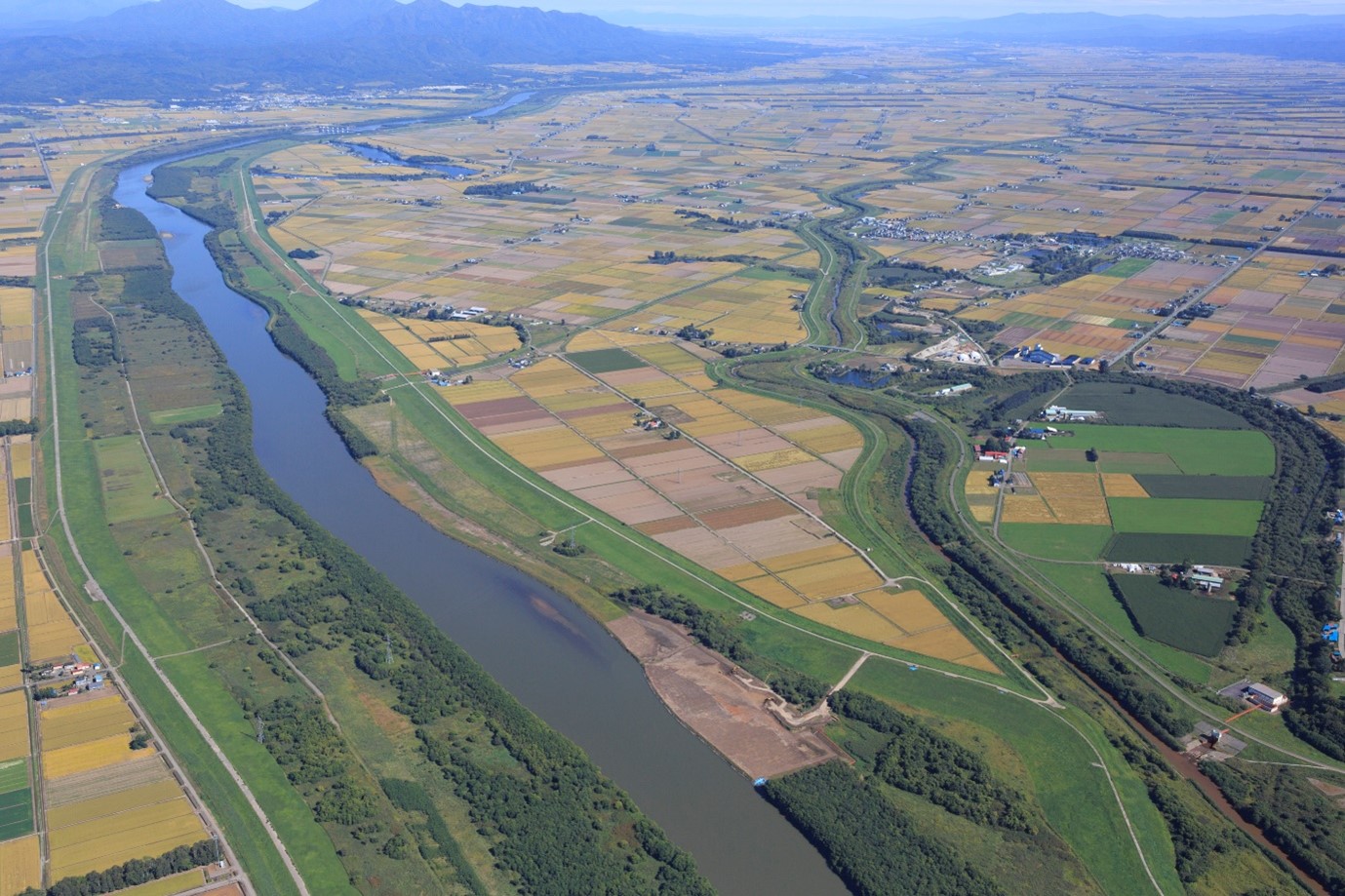 This handout picture released by Sapporo Development and Construction Department shows the planned site for the “Kitamura Retention Basin” is surrounded by sprawling fields. Agriculture will continue after the retention basin is completed.
This handout picture released by Sapporo Development and Construction Department shows the planned site for the “Kitamura Retention Basin” is surrounded by sprawling fields. Agriculture will continue after the retention basin is completed.
Interviewed by Jiji Press Ltd
- HOME
- NEWS & TOPICS
- Where tourism meets community: the Iwamizawa story


